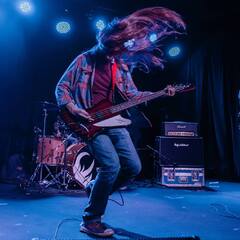How does resolution affect field of view for cameras?
-
Featured Topics
-
Topics
-
0
-
damian61 ·
Posted in CPUs, Motherboards, and Memory5 -
Delano.888 ·
Posted in Windows2 -
Blasty Blosty ·
Posted in Displays17 -
0
-
joshfrog ·
Posted in LTTStore.com Merch0 -
NorfStaaar ·
Posted in New Builds and Planning7 -
4
-
Azade12 ·
Posted in Troubleshooting11 -
Steven Schaefer ·
Posted in Troubleshooting3
-



















Create an account or sign in to comment
You need to be a member in order to leave a comment
Create an account
Sign up for a new account in our community. It's easy!
Register a new accountSign in
Already have an account? Sign in here.
Sign In Now